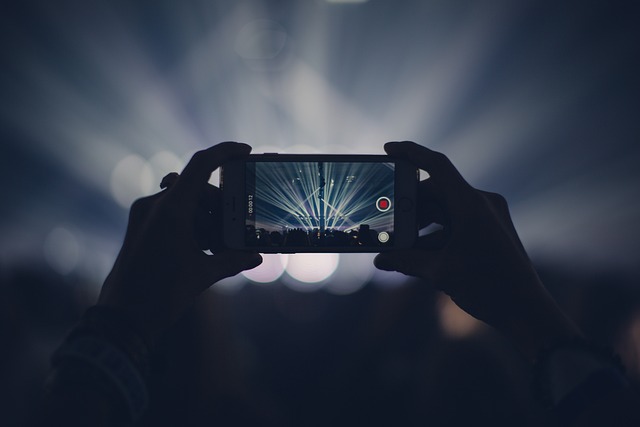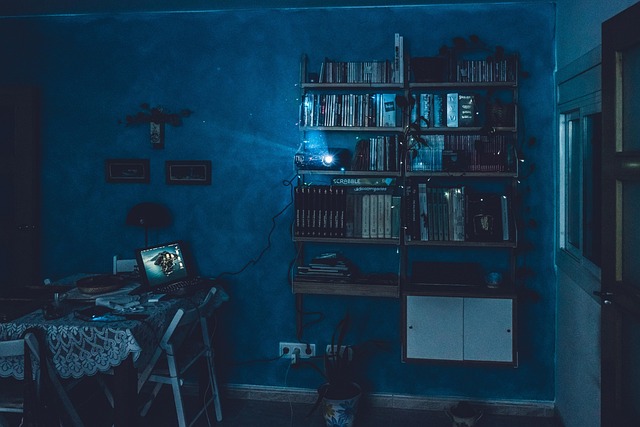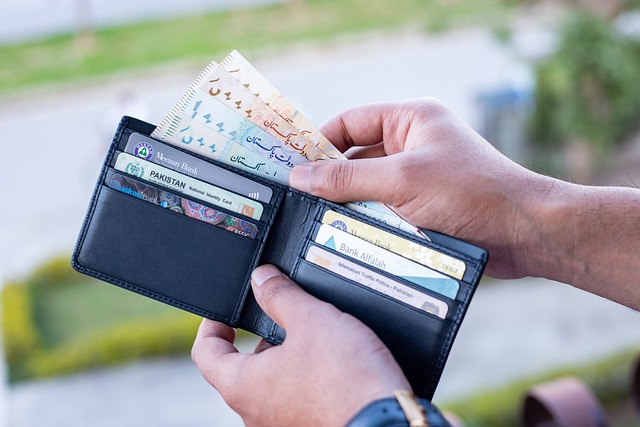Mastering Knowledge Building through Video Recording in Online Education
In the evolving landscape of online education, video recording has become an indispensable tool for both educators and learners. Unlike traditional classroom settings, online education relies heavily on digital mediums to convey knowledge effectively. Video recording bridges the gap, providing a dynamic and engaging platform to build and reinforce knowledge anytime, anywhere.
The Power of Video Recording in Online Learning
Video recording enables educators to craft high-quality instructional content that students can revisit at their own pace. This flexibility is critical for mastering complex concepts since learners can pause, rewind, or re-watch materials to deepen their understanding without the pressure of a live session. By allowing asynchronous access, video recording accommodates diverse learning styles and schedules.
Moreover, videos can incorporate multiple forms of media—animations, diagrams, real-world examples—that cater to visual and auditory learners. This multimodal approach enhances cognitive retention and fosters a richer knowledge-building experience. Unlike static textbooks or notes, video recordings create a sense of presence and connection, making online education feel more personal and interactive.
Enhancing Knowledge Building through Repeated Practice
One of the most significant benefits of video recording is enabling repeated practice and review. Learners can revisit challenging lessons, which promotes long-term retention and mastery. This is particularly valuable in subjects requiring step-by-step procedures or problem-solving skills, where repetition is key to internalizing knowledge.
For educators, video recordings also provide an opportunity for reflection and continuous improvement. Reviewing recorded sessions helps teachers identify areas where students struggle and adapt their teaching methods to better support knowledge construction. This iterative learning loop strengthens the overall quality of online education.
Creating a Collaborative Learning Environment
Beyond solo study, video recordings can form the foundation for collaborative learning communities. Students can share video notes, annotate content, and discuss insights asynchronously, fostering peer-to-peer knowledge exchange. This social interaction nurtures critical thinking and reinforces understanding through dialogue, discussion, and debate, making knowledge building a collective endeavor.
Instructors can also use video recordings to create flipped classrooms—where students watch lectures independently and spend live sessions exploring applications, projects, or problem-solving activities. This shift empowers learners to take charge of their knowledge-building process and engage more deeply with course material.
Conclusion
Embracing video recording in online education transforms passive content consumption into an active, personalized, and collaborative knowledge-building experience. As digital learning continues to expand, mastering this medium is essential for anyone seeking to unlock the full potential of education beyond the traditional classroom walls.




